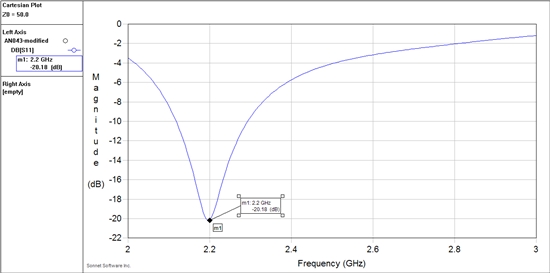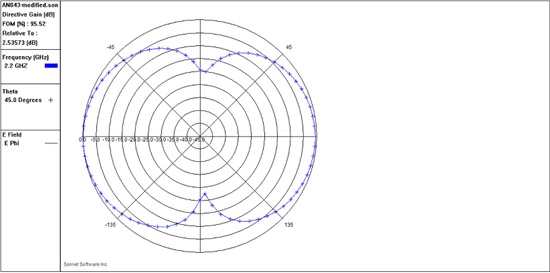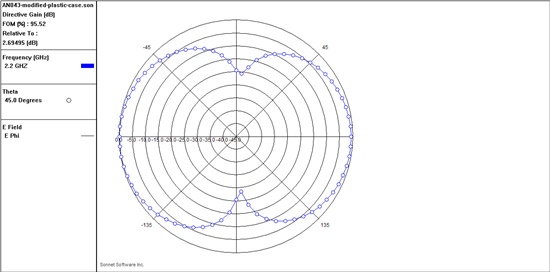I looked around and didn't see this addressed. Apologize if I'm missing somthing totally obvious here..
I'm looking to replicate a trace antenna for use with a CC2540. I see what appears to be the same meandering F antenna in different designs: AN043, CC2511 USB dongle, CC2540 USB dongle, CC2540 key fob, CC-ANTENNA-DK #15, I'm sure there are more. The issue is all of these different examples appear to be slightly different from each other.
In AN043 the ground plane extends out past the L1 segment (by D3), on the 2540 key fob gerbers the ground plane stops short of the L1 segment, on the 2511 dongle gerbers the ground plane stops directly in the middle of the L1 segment. Looking at the CC2540 dongle the ground plane extends past the L1 segment (I couldn't find the gerbers but I didn't look very hard) so this may be the D3 in AN043, on the CC-ANTENNA-DK #15 antenna the ground plane extends way past the L1 segment (this is obviously much larger than the D3 value indicated in the AN043 app note.
I would jump to the conclusion that even though these antennas all look alike that they are not the same design however the CC-ANTENNA-DK #15, specifically references AN043 and what I see in AN043 and what's on the board are different in not only with the above mentioned ground plane difference but the CC-ANTENNA-DK #15 has copper on both sides of the board for the antenna trace and the two copper traces are stitched together with vias. The CC-ANTENNA-DK also has the last part of the L1 segment turned parallel to the ground plane.
I'm further confused with the references I've read on this blog about shortening the length of L1 to tune the antenna to different substrate thicknesses (which for the AN043 antenna would increase or decrease the distance between the end of the L1 segment and the ground plane. Should I assume that the tuning is both changing the length of the meander AND changing the distance between the end of the L1 segment and the ground plane? If the latter is the case then I would assume different effects in trimming the L1 segment in the AN043 designed antenna and the CC-ANTENNA-DK.
What am I missing here?







